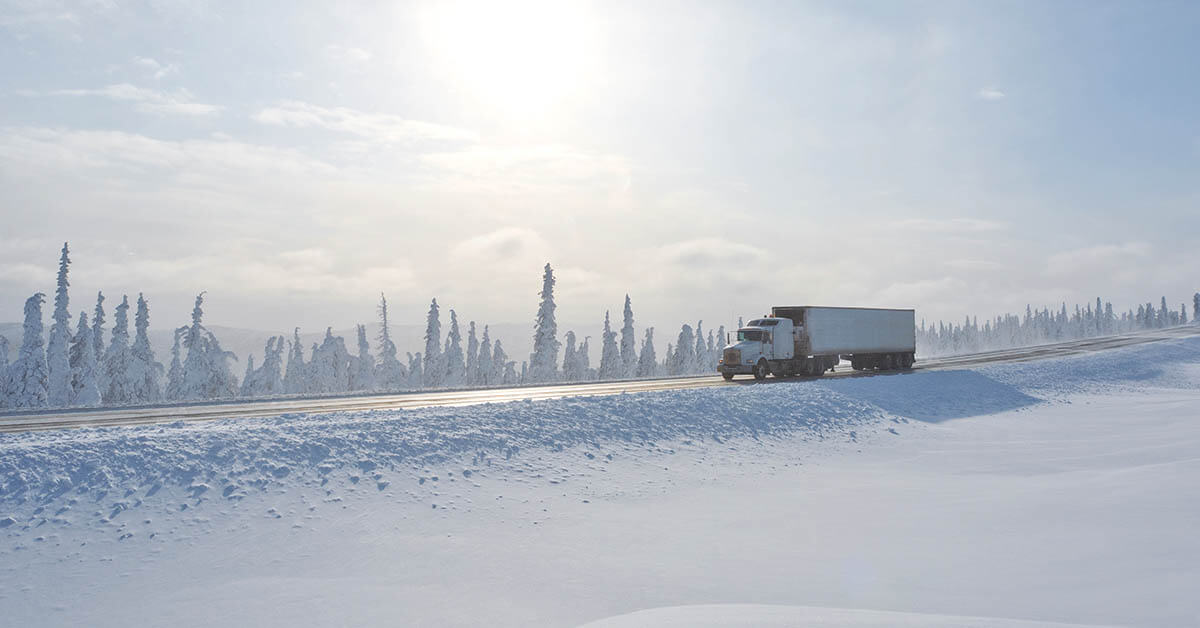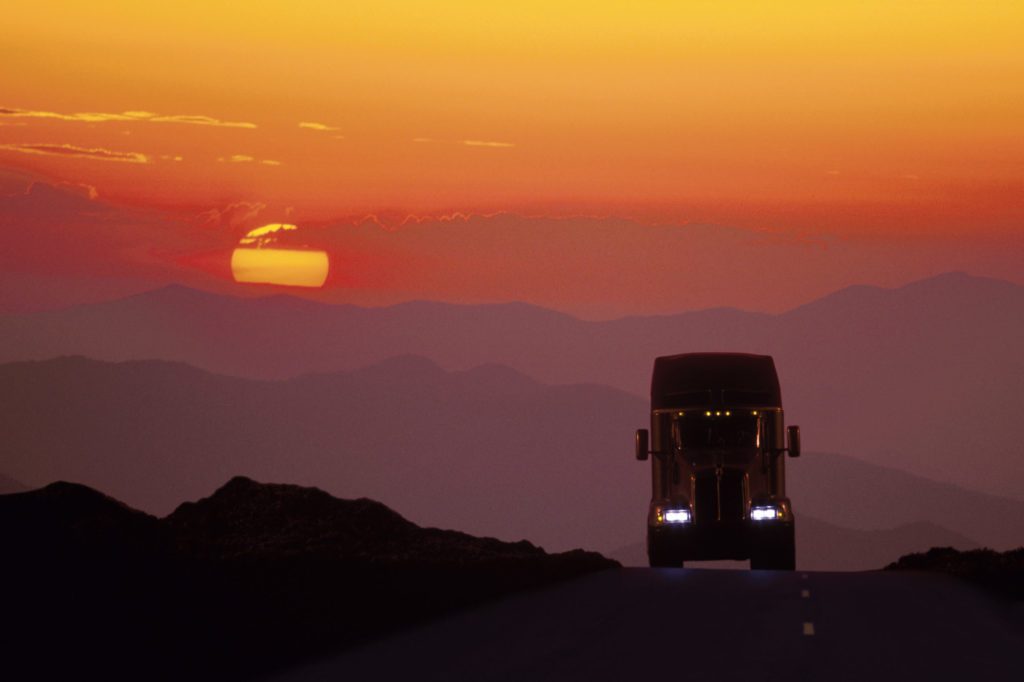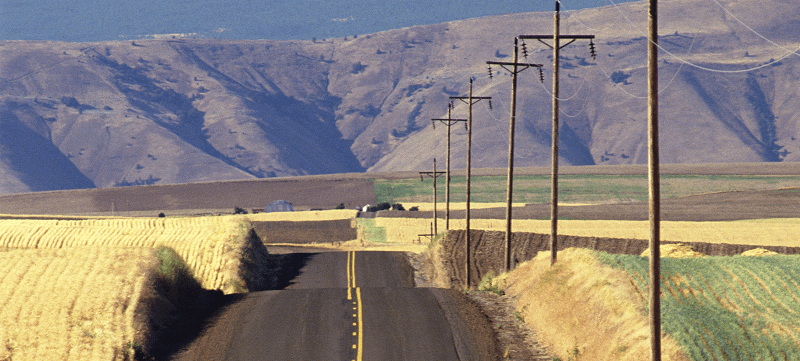Now’s the time to prepare while the weather is favorable. Don’t wait until it’s too late—you can’t always stay below I-40 when it’s below 40°. We talked to experienced drivers about the best way to prepare for winter conditions. Here’s what we heard.
In the cab
Let’s start with survival in freezing temperatures. In the event your engine fails, the most important thing to do is make sure you are protected from the cold. This includes stocking up your first aid kit, having warm clothes and insulated gloves and boots (don’t forget a beanie), some food and water in your cab, a few extra blankets or a winter sleeping bag, crampons or Yak tracks if you need to work on your truck, and the expected safety equipment: headlamp, phone charger, safety vest, road triangles, and flares.
The road is full of surprises, but the best tools let you navigate and plan your next move.
Download the DAT One app today >

Your truck
As far as equipment is concerned, DAT drivers recommend that you have the following on hand:
- Tow straps
- Extra wiper blades
- Fuel additives
- Fuel de-icing agents
- Extra fuel filters
- Extra fuel
- Canned de-ice liquid
- Flashlight with extra batteries
- Heavy hammer
- Jumper cables
- Chains and tension cables
Before you head out
- Treat your windshield with a water repellant formula
- Test your batteries to make sure they’re capable of handling cold starts
- Service APUs
- Drain your air tanks daily
- Add air brake antifreeze and conditioner
- Replace your air dryer cartridge
- Re-torque lug nuts on all wheels
- Check water and heater hoses and replace any that are worn or cracked
- Include an A/C check at your next oil change or pre-winter service
Your trailer
- Check your 7-pin trailer plug to make sure it’s working correctly
- Service and clean your 5th wheel
- Keep load straps under your sleeper
- Carry a small bag of salt for the deck of your trailer
For outside the vehicle
- Carry some kitty litter to throw under tires
- When parking in snow overnight – roll forward and back a few feet to do two things. Firstly, it pushes away the snow in front and behind the tires to prevent them freezing in place overnight, and secondly, it helps cool the tires down to reduce snow melt around the tires.
- Make a snow-check part of your pre-trip inspection.
- Snow and ice can build up around LED lights, making you harder to see
- Snow and road grime can become packed in structural beams under the trailer, adding weight that will show up at the scales and affect how your vehicle handles on the road
- And of course snow on top of the trailer is a hazard to other drivers
This list is not exhaustive, so if you have other suggestions we’d love to hear them.
As always, read the instructions carefully before using any product, and check with your equipment manufacturer or fleet manager to make sure you don’t void your warranty and/or fleet maintenance policy.


